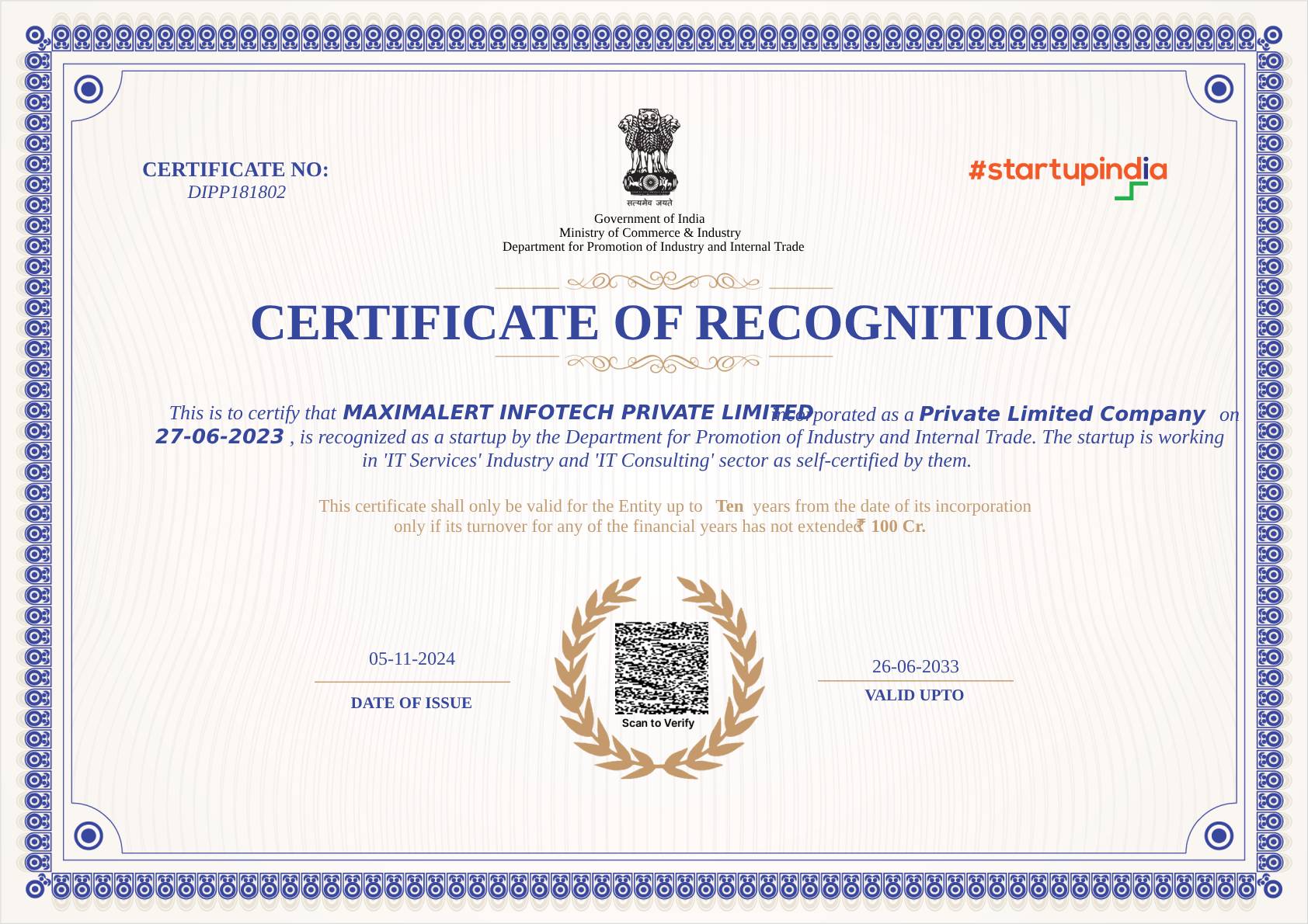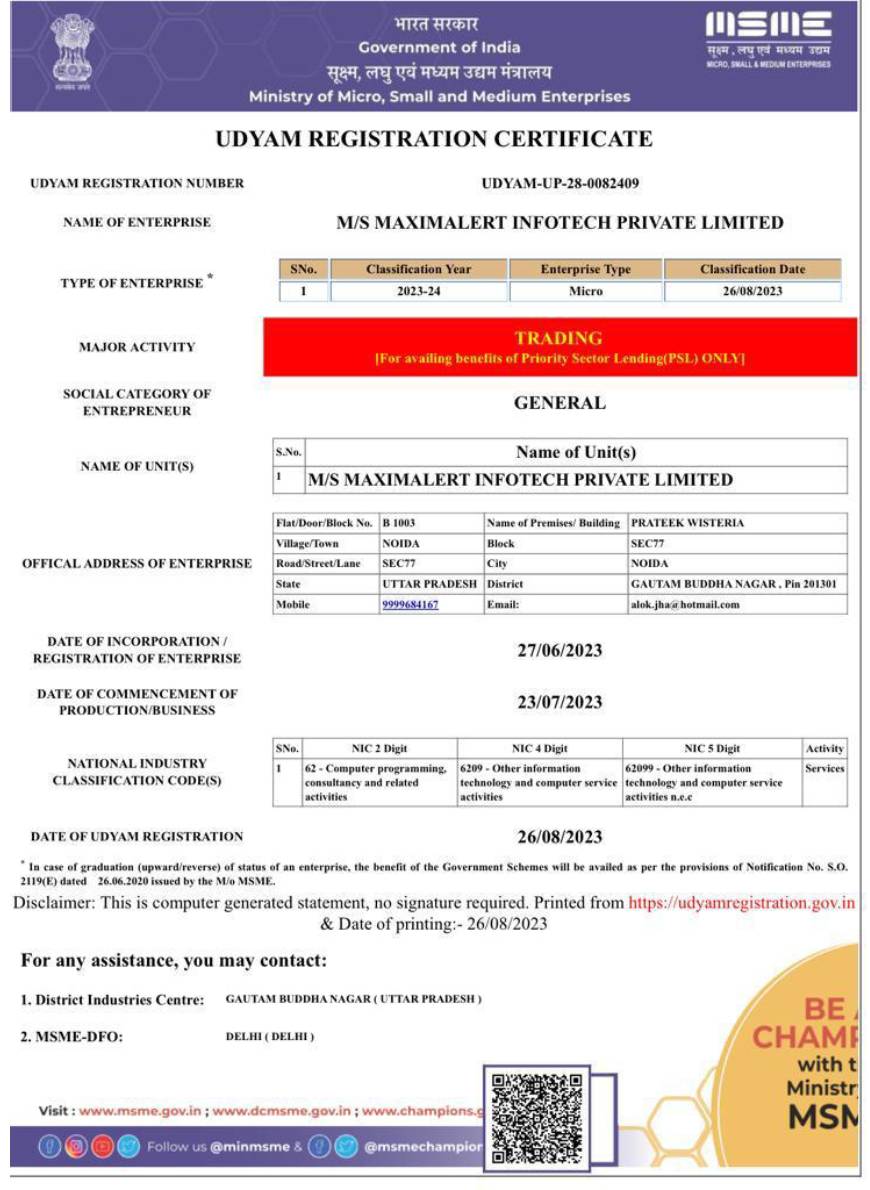Zero Day Attacks - A Stealthy threat
Piyush Mishra
January 28, 2025
Visit Count : 64
Legendary actor Robert De Niro in his first-ever regular television role is playing the lead role in NETFLIX political thriller based on cyberattack named ZERO DAY. The six-episode political thriller, set to premiere on February 20, 2025, delves into the chaotic aftermath of a devastating cyberattack that sends shockwaves across the USA. Here is the Link to its Trailer : https://youtu.be/FOfBiiPdQPI?si=jq99BSFoPRV2VJ2L
Hollywood movies have for long covered the threats underlying around us, whether it is related to terrorism or war but now Hollywood too recognizes the CYBERSECURITY breaches can have grave consequences for not only the organizations but for nation states too.
Therefore, we at MaximAlert too thought of penning down the intricacies of Zero Day Attacks.
What are Zero-Day Attacks?
A zero-day attack is a cyberattack that exploits a previously unknown vulnerability in software or hardware. The term "zero-day" signifies that the software vendor has "zero days" to prepare a patch or fix for the vulnerability before the attack occurs. This makes zero-day attacks particularly dangerous and difficult to defend against.
How Do Zero-Day Attacks Work?
* Discovery: Attackers discover a previously unknown flaw in a software system.
* Exploit Development: They create malicious code (exploit) that leverages this vulnerability to gain unauthorized access to systems or data.
* Attack Execution: The exploit is deployed, often through phishing emails, malicious websites, or software updates.
* Impact: Successful attacks can lead to data theft, system disruption, denial-of-service, and other severe consequences.
Why are Zero-Day Attacks So Dangerous?
* Unpredictability: Since the vulnerability is unknown, there are no existing defenses or countermeasures.
* Stealth: Attacks can often go undetected for extended periods, allowing attackers to operate unnoticed.
* Severe Consequences: The potential impact can be devastating, including data breaches, financial losses, and reputational damage.
Common Targets of Zero-Day Attacks:
* Operating Systems: Windows, macOS, Linux
* Web Browsers: Chrome, Firefox, Safari
* Software Applications: Adobe Flash, Microsoft Office
* Mobile Devices: Smartphones, tablets
Mitigating Zero-Day Attacks:
* Proactive Patching: Regularly update software and operating systems with the latest security patches.
* Network Security: Implement firewalls, intrusion detection systems, and other network security measures.
* Employee Training: Educate employees about phishing scams, social engineering tactics, and the importance of security best practices.
* Threat Intelligence: Stay informed about emerging threats and vulnerabilities through threat intelligence feeds.
* Security Audits: Conduct regular security audits to identify and address potential vulnerabilities.
The Evolving Threat Landscape
Zero-day attacks are a constant and evolving threat. As technology advances, so do the sophistication and frequency of these attacks. Organizations must remain vigilant and proactive in their security efforts to protect themselves from this insidious threat.
Disclaimer: This article is for informational purposes only and should not be considered professional security advice.




